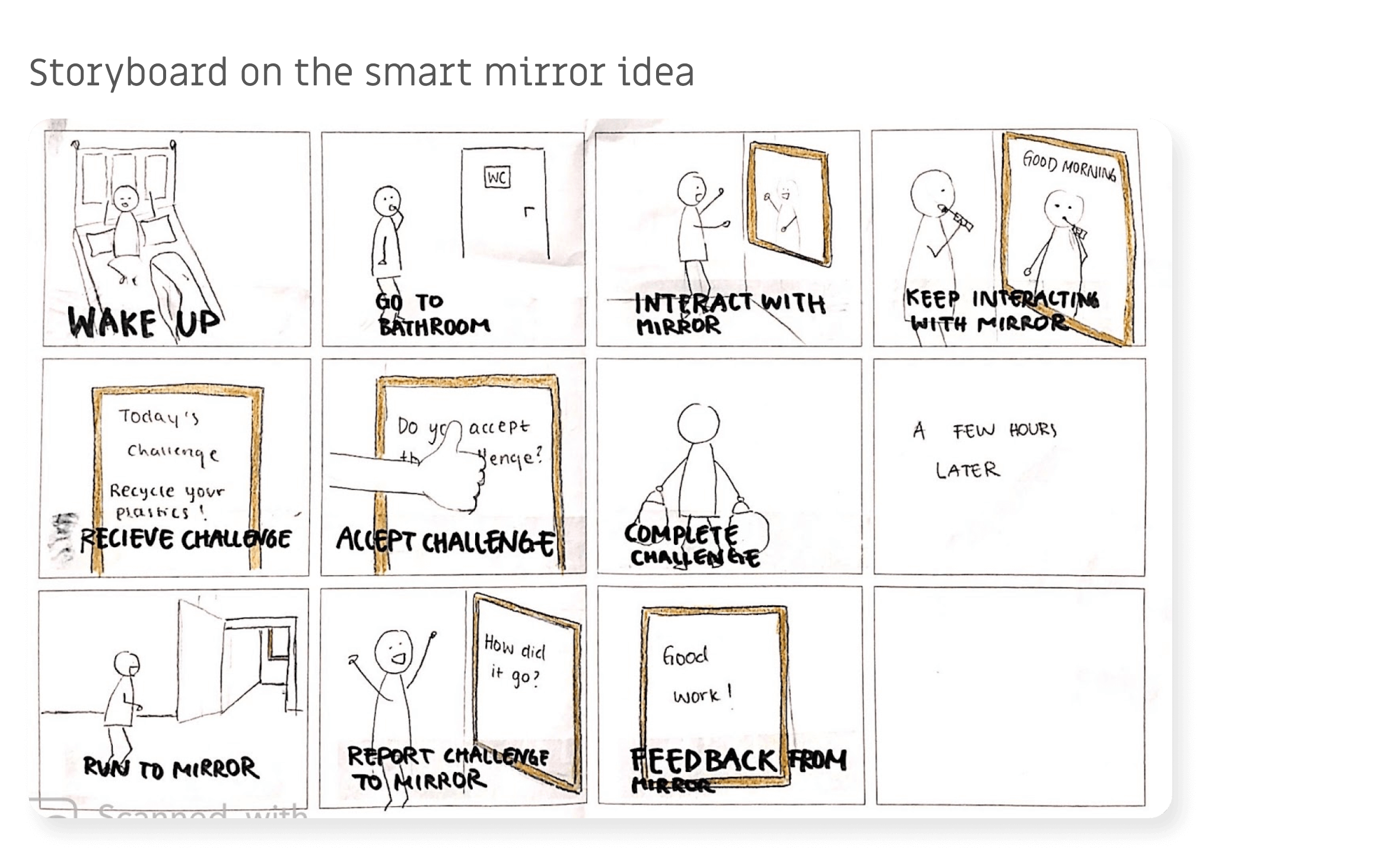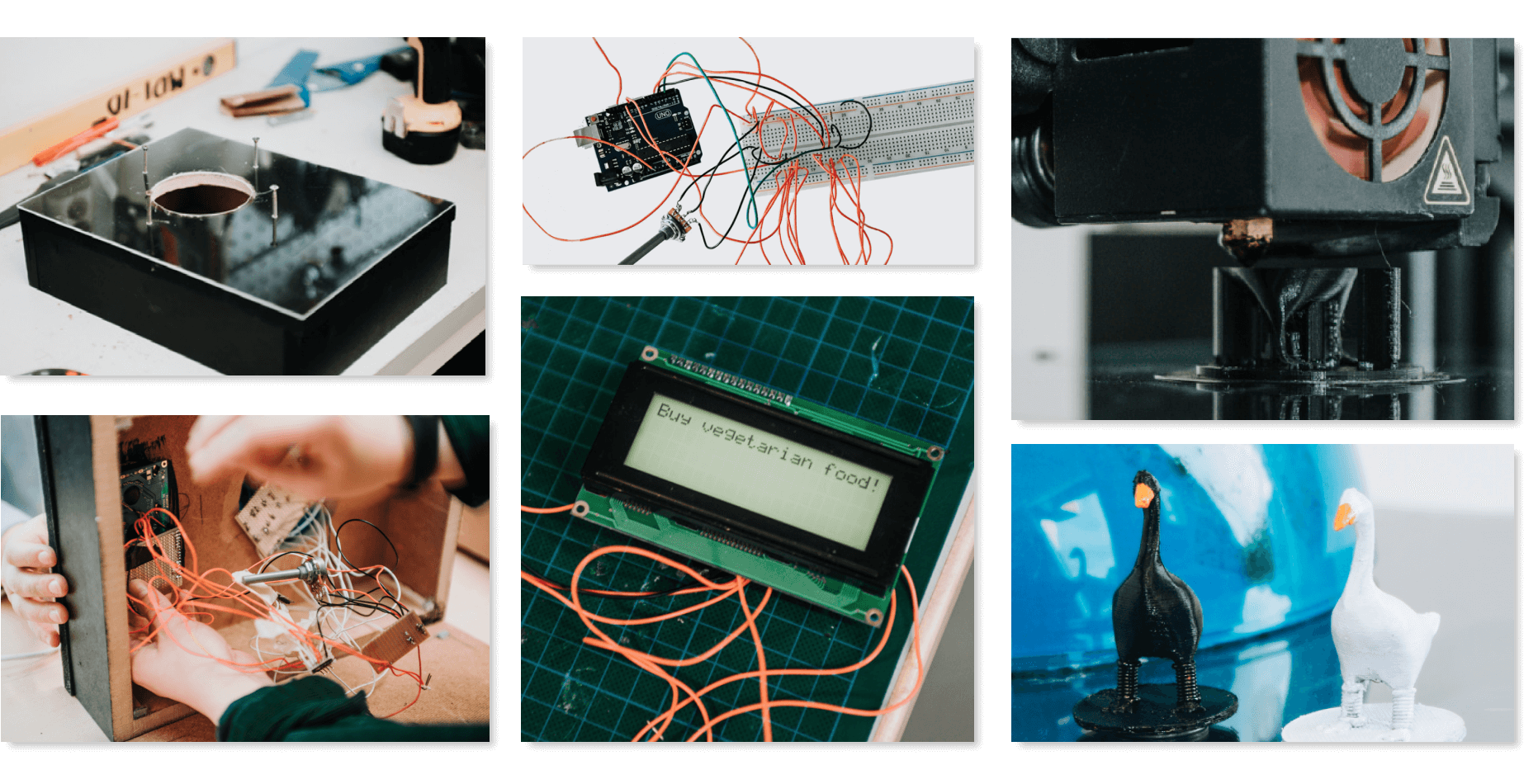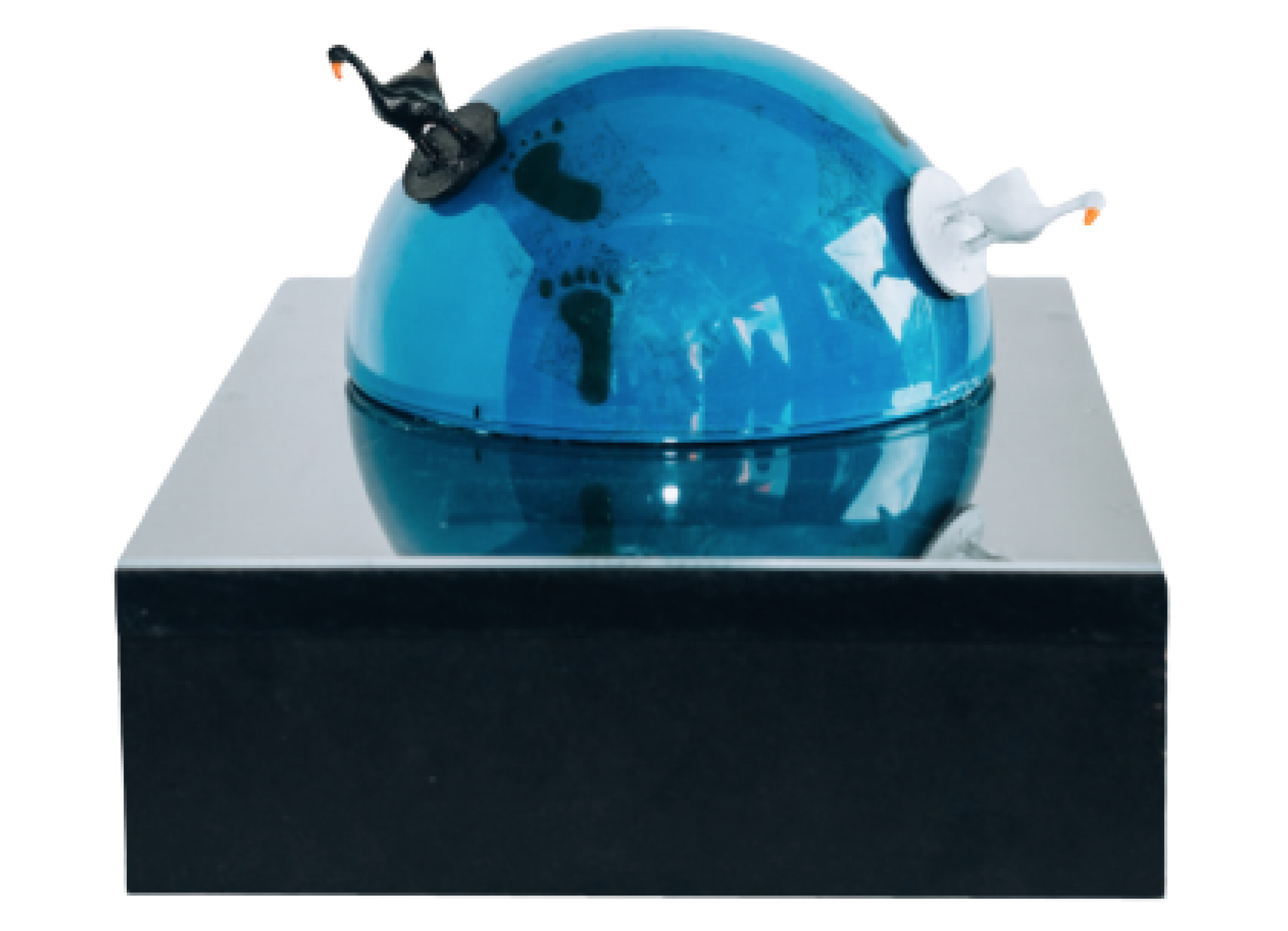eChallenge
Tangible artefact to encourage environmentally friendly behaviors
Project
Tangible artefact to encourage environmentally friendly behaviors
Duration
2 months
Role:
Researcher and Designer (in a team of four)
Tools
Figma, Google Suite, physical tools for building the artefact
Context
The project was created from the course "Tangible Interaction" in the master's programme. The purpose was to design a tangible computing artefact that addresses a 'Sustainable interaction design' challenge. Three students and I carried out the project, and we did most of the parts together. However, I had an extra eye on soldering and creating the physical artefact.
Challenge
"How can make use of an artefact that will motivate environmentally friendly behavior?"
Process

Formative Research
Interviews combined with photo journaling helped us identify everyday activities that have high impact on the environment. The participants identified several activities and things that had impact on the environment and stated that there were a lot of issues and habits that could be changed. However, the hardest thing is always to take the first step. The collected data pointed out different aspects. We came into conclusion that, some of the biggest issues with approaching a more environmetally friendly lifestyle had to do with habits that are hard to break.


Prototyping and Feedback
We brainstormed on ideas that could solve the problem of breaking an environmentally unfriendly habit. One of the solutions was to create a smart mirror that provides daily challenges related to the environment. A storyboard and a rough prototype were created to receive feedback from users.
Feedback
After a feedback session on the idea with the same participants, we understood that this concept was a "cool to have but will likely never use it" kind of artefact. However, the idea of having challenges and competition related to the environment was a part that we should keep. The fact that we acknowledged was that environmentally friendly behaviors are strongly related to habits. Human habits are breakable, and we learn to pick up the habit at different periods of time. Often, after a period of getting an endorphin rush and compliments of the new routine, our brain will automatically pick up the habit. We hypothesised that using gamification in this artefact could encourage people in desired habits to address the feeling of reinforcement.

Fabrication
The fabrication process involved developing the code for the Arduino (brain) and create the physical parts.


eChallenge
eChallenge is an artefact of a game that motivates environment-friendly behavior. It addresses people’s daily habits and guides the user on how to contribute to the environment. By using it in the office environment, colleagues can accept different challenges and compete with each other. The challenges are related to the environment and are phrased to be completed in everyday life. The game is suited for two players or two groups that challenge each other to do more environmentally friendly actions in their life. When a challenge is complete, the user moves the game piece, taking form as a goose, to another step and continues that for five days. The first one that finishes all challenges wins.
What I learnt
Sprint to find answers: With a broad challenge, it was crucial to go through the most methods quickly. By that, we could evaluate at an earlier stage and have time to improve it with iterations.
Prototype by crafting: Half of the process involved prototype and ideate as we crafted and built the physical artefact. I could see the value of not only doing sketches to ideate but also using tangible things.